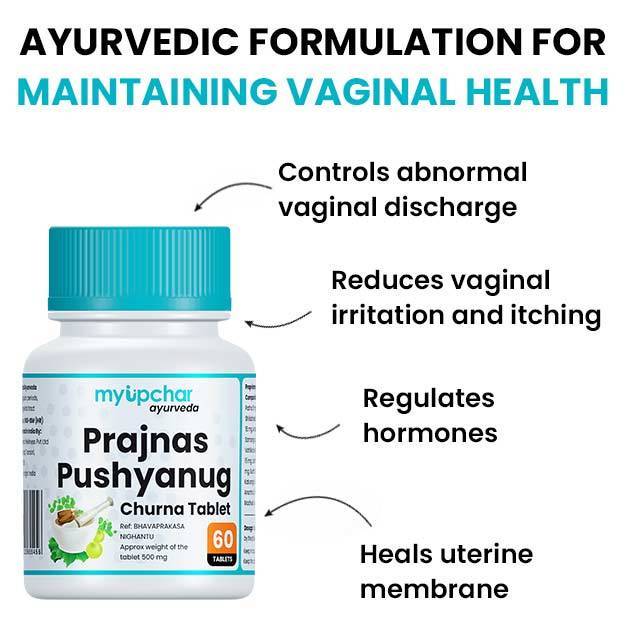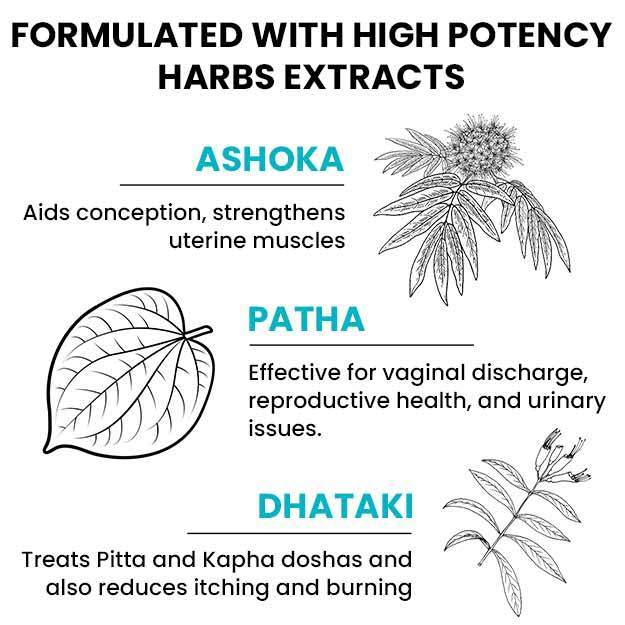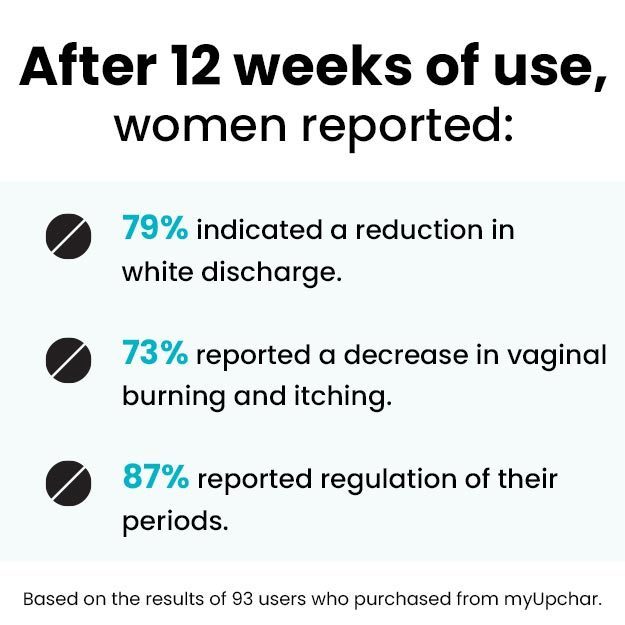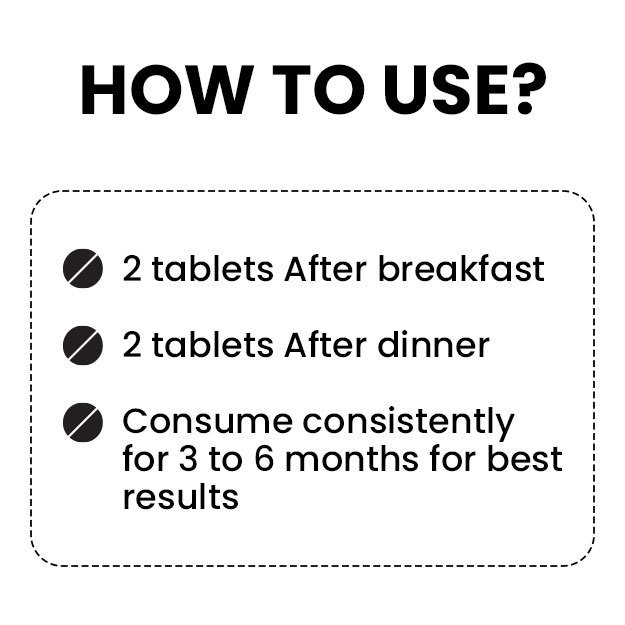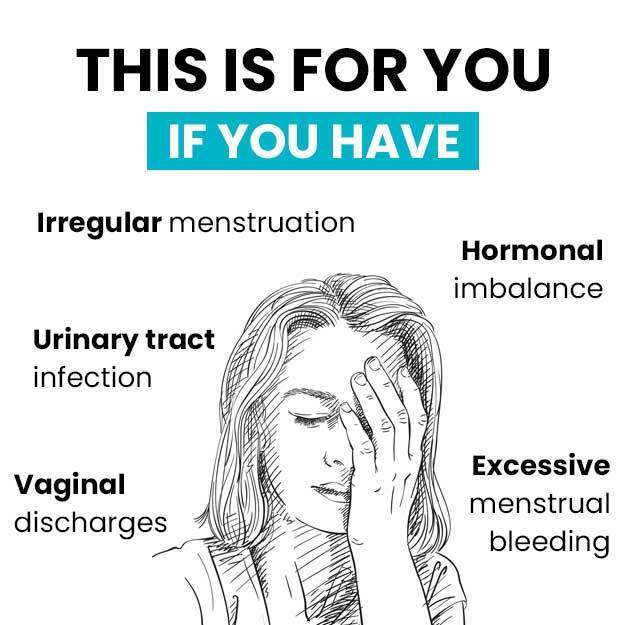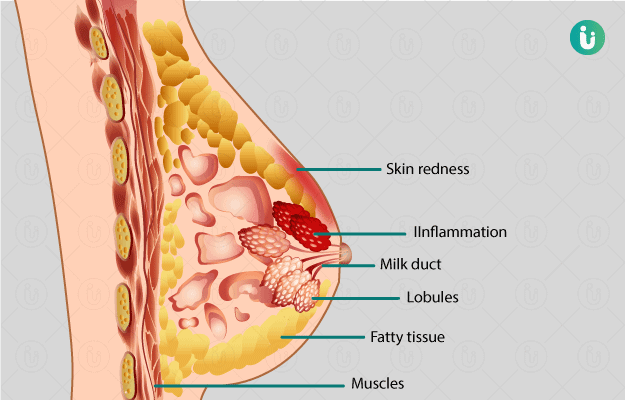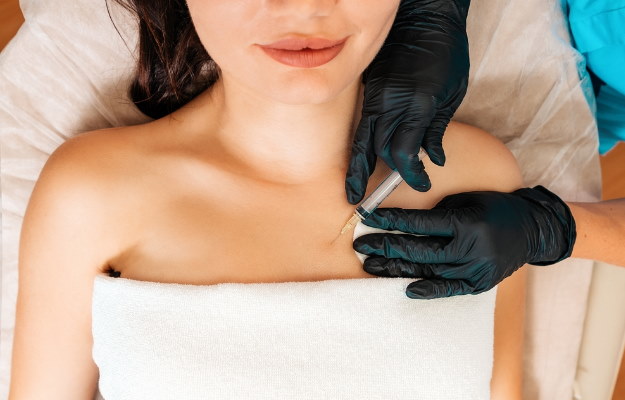A female’s reproductive life is defined as the stage between the onset of the first menstrual period, or menarche, and the permanent cessation of menses, also known as menopause. During this phase of her life, she ovulates, meaning her ovaries produce and release an egg or the female gamete, every month and is, therefore, capable of becoming pregnant. While the ovaries produce and release the ovum or egg, the uterus prepares itself to host a viable pregnancy, if it should be conceived, by thickening its inner glandular lining (known as the endometrium) and increasing its blood supply. When, at the end of this cycle, a pregnancy is not conceived, the extrauterine tissue sloughs off and passes out through vaginal bleeding, consisting of blood, mucus and tissue, typically lasting between 2 to 8 days. It should be noted that the menstrual cycle and menstrual period, or menses, are not the same. The menstrual cycle refers to the entire sequence of events that take place throughout the month in preparation for a possible pregnancy, whereas the menstrual period refers to the duration of days when a woman experiences bleeding. Menstrual cycles are mediated by the alterations in the levels of reproductive hormones that bring about different phases of the cycle.
Menstrual cycles are the key component of a female’s reproductive life. The start of the first menstrual cycle (marked by the first menstrual period) a female experiences is termed as menarche. Females attain menarche at different ages and it marks the onset of puberty and the start of their reproductive years. However, the start of menstruation does not necessarily translate to the start of ovulation in a young female. The first few menstrual cycles, even up to five years after menarche, can be non-ovulatory, or without synchronous ovulation, in young girls. This is because the hypothalamus and pituitary glands, which control the cycles by regulating hormones, luteinizing hormone (LH) and follicle-stimulating hormone (FSH), are still stabilising. Usually, menstrual cycles are irregular for the first few years in young girls but a complete absence of menstruation for three consecutive months or more is classified as secondary amenorrhea and should be discussed with a primary physician, paediatrician or gynaecologist. Menarche occurs at different times in different ethnicities but the estimated average age of attainment is approximately 12.5 years of age. The occurrence of menarche before 9 years of age is considered early menarche, whereas occurrence after 15 years of age is termed late menarche. Although a delay in menarche can simply be due to inherent variations in individuals, sometimes it may be due to other underlying causes that may need to be addressed. The start of menstruation can be a confusing and distressing time for young girls and, keeping this in mind, parents should explain the changes occurring to their children with sensitivity. If needed, a doctor or counsellor can also help.



















